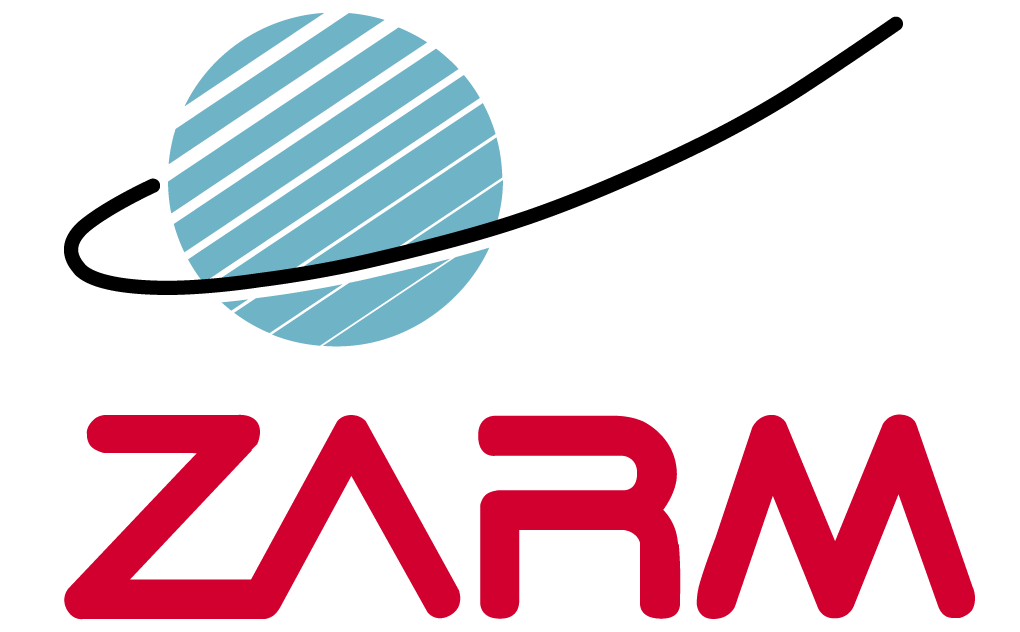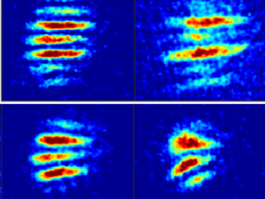Quantum Optics and Experimental Gravitation
ABOUT OUR RESEARCH
Experiments with quantum gases and quantum sensors in extended free fall provide a unique approach towards tests of gravity theory and quantum physics in a new parameter regime. At the drop tower Bremen we are engaged in the development of new concepts and tools for space- and ground-based matter-wave interferometry and optically trapped nano-particles as well as tests of fundamental physics using these quantum sensors.
What is a Bose-Einstein condensate?
Sven Herrmann, head of the “Quantum Optics and Experimental Gravitation” research group, explains to us what is being researched in this group, why reaching ultra-cold temperatures is important for quantum researchers, and what a Bose-Einstein condensate actually is, using the QUANTUS project as an example.
Our fields of research
- Interferometry with quantum gases in extended free fall
- Bose-Einstein condensation in magnetic and optical traps
- Atom optics such as large momentum transfer beam splitters and matter wave collimation
- Tests of fundamental physics with matterwave interferometers and atomic clocks
- Optically levitated nanoparticles
CONTACT

All-optical BEC for microgravity
The PRIMUS project takes an all-optical approach for BEC generation in microgravity. Therefore, an optical dipole trap is set-up in a drop tower experiment for use in the Bremen drop tower. The key component is a far-off resonant, high power fiber laser (45W, 1064nm) used to implement a crossed optical dipole trap. After transferring the atoms to the dipole trap subsequent evaporative cooling is used to create a Bose-Einstein condensate. On the path to the Bose-Einstein condensation in the drop tower, efficiency is key. Therefore, so-called painted optical potentials are implemented. Here the trapping beam is spatially modulated in order to dynamically control the trapping volume. This also provides the opportunity to use potential shapes substantially differing from the harmonic potentials typically used in BEC experiments. Box-shaped potentials will allow to study quantum gases of homogenous density. Here microgravity is crucial in order to overcome buoyance forces disturbing the distribution in ground-based experiments.
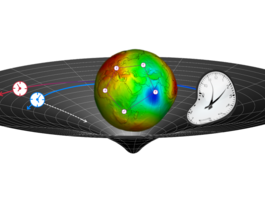
Tests of relativity with satellite clocks
Atomic clocks onboard Earth orbiting satellites are exposed to large modulations in velocity and gravitational potential. Thus, they allow for sensitive tests of principles and predictions of Special and General Relativity. In our group we investigate various such scenarios for current and future opportunities to perform such tests. For example we could make use of two satellites of the European GNSS Galileo that were accidentally injected into eccentric orbits to obtain a sensitive test of the gravitational redshift. Along this line, we are investigating whether other aspects of General Relativity such as gravito-magnetism could be probed from such systems as well.
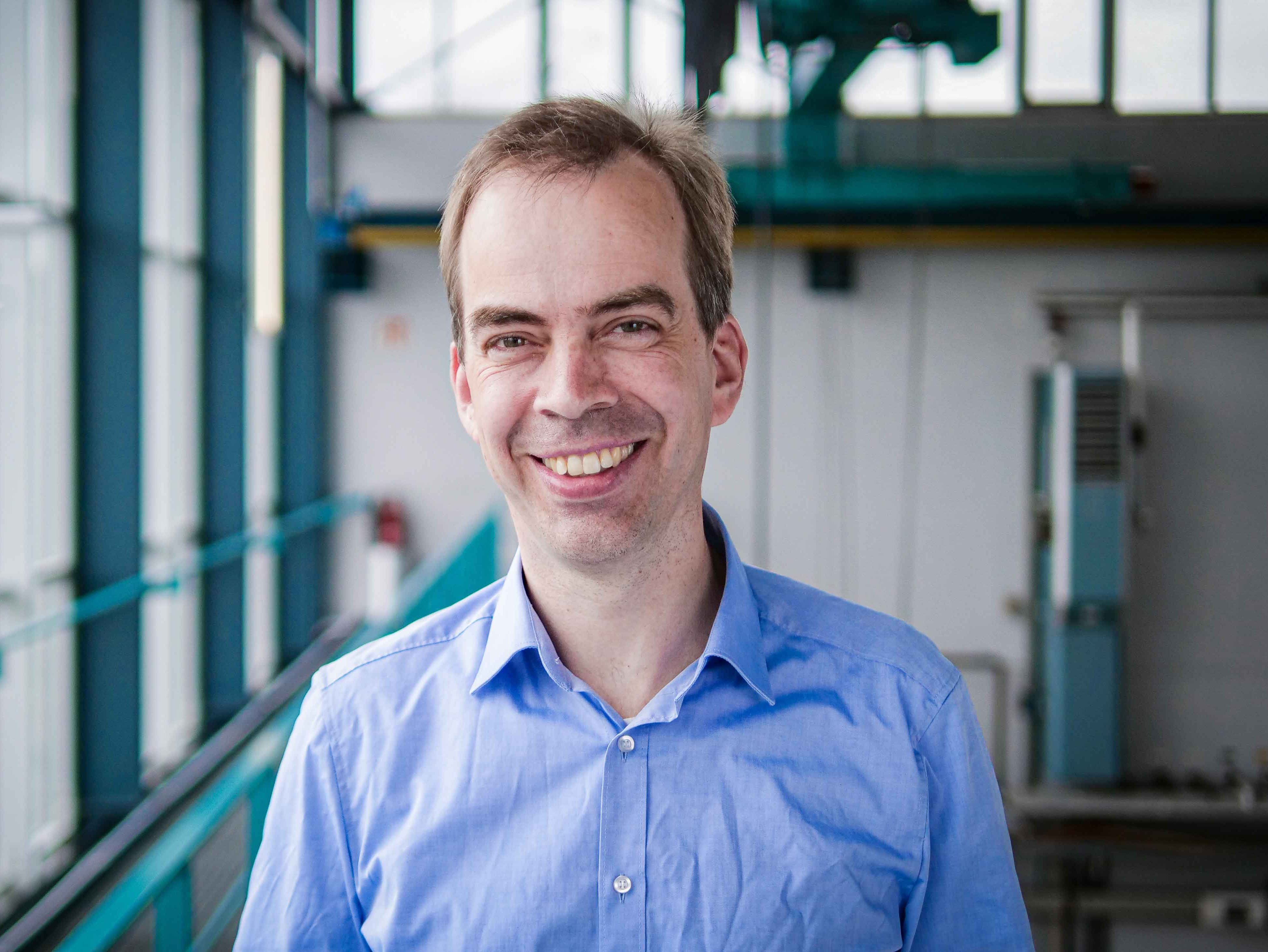
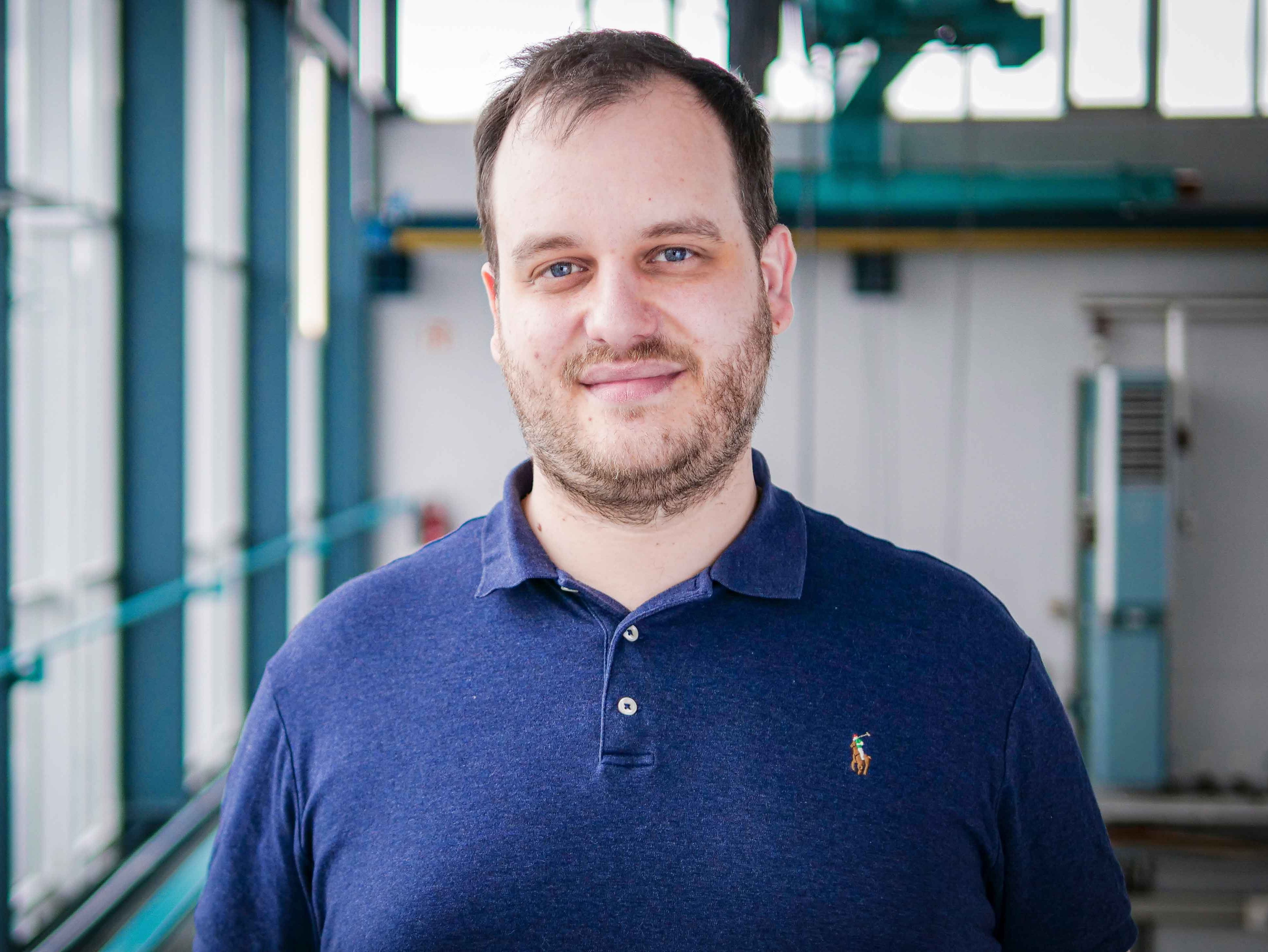
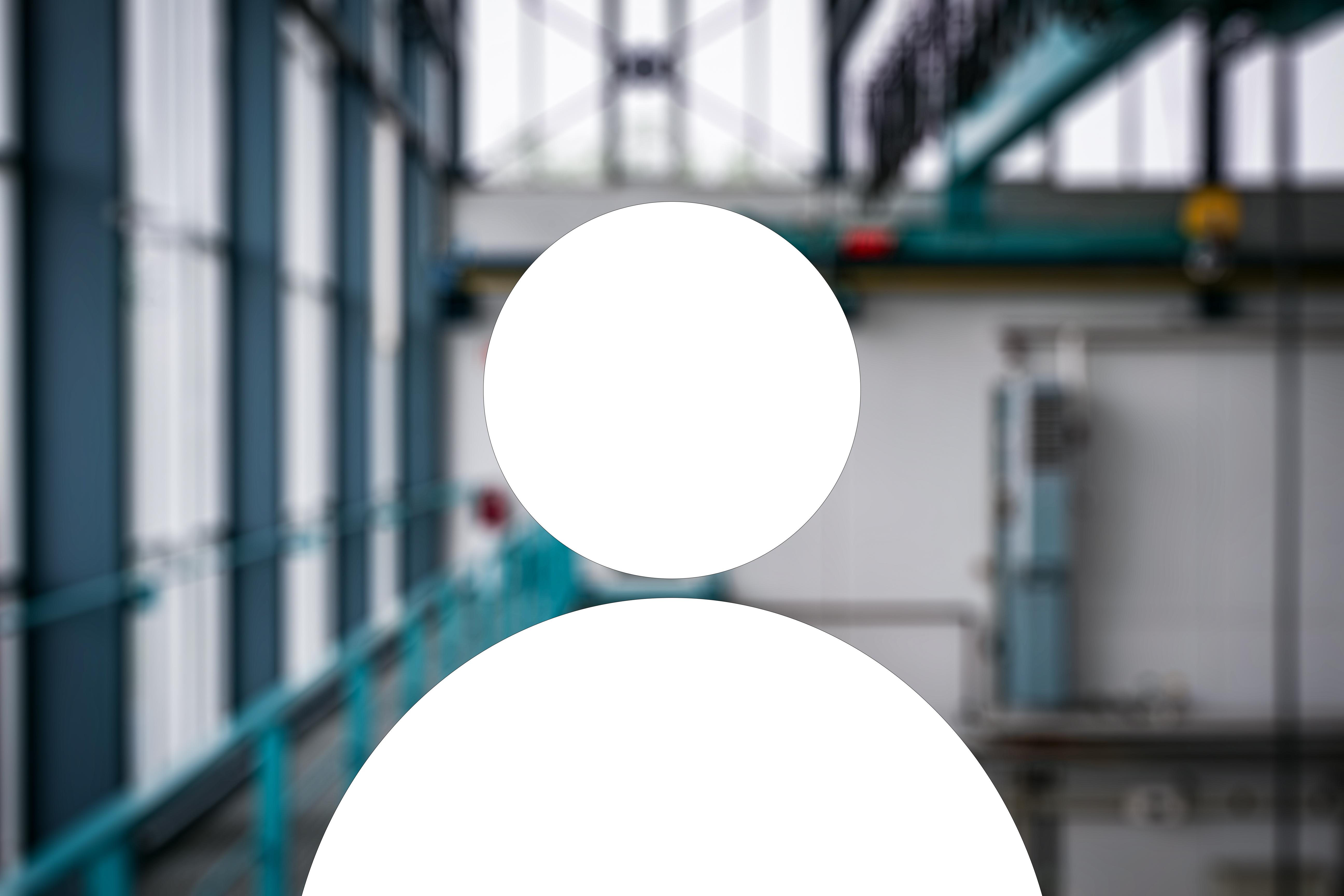
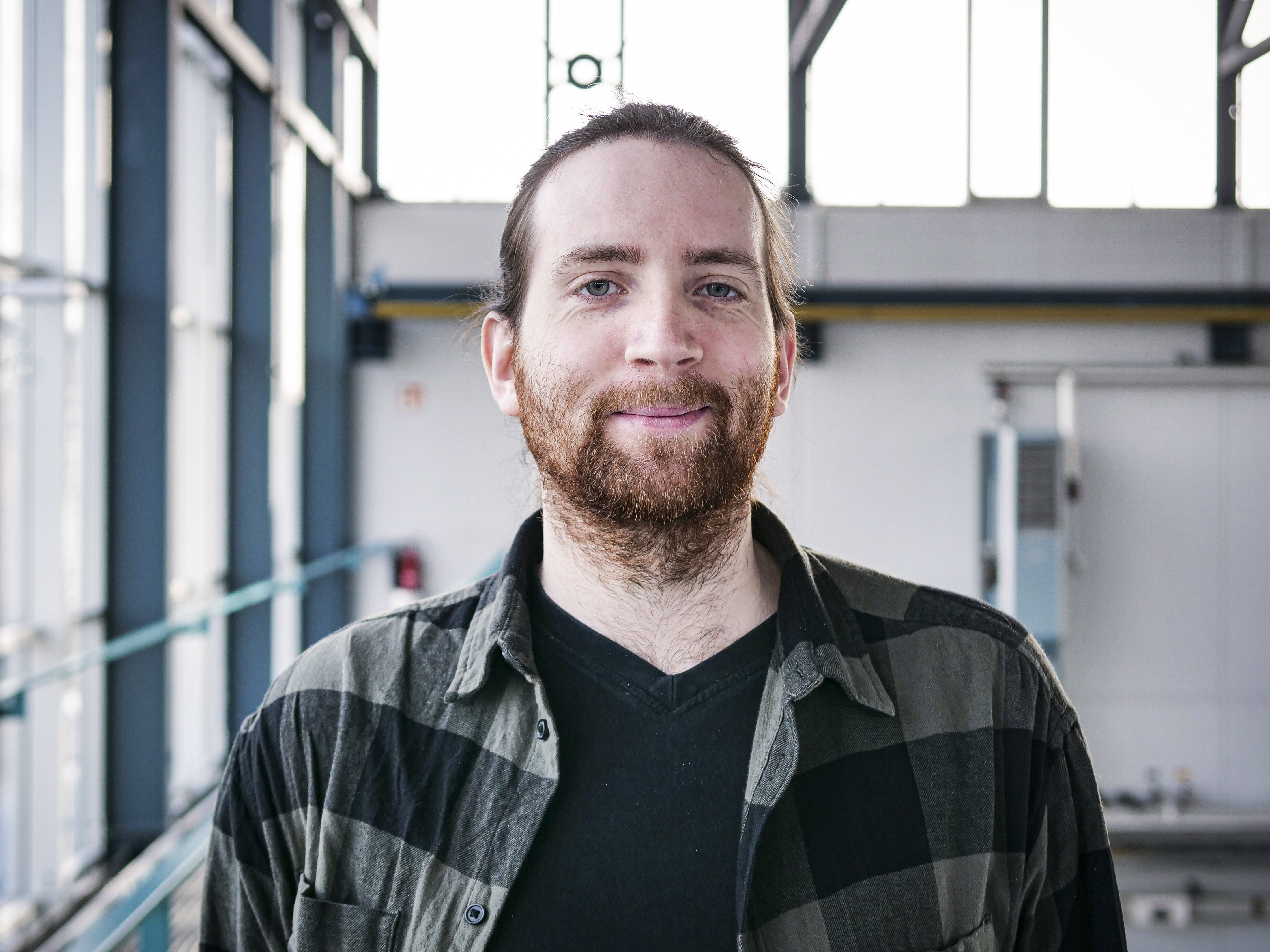
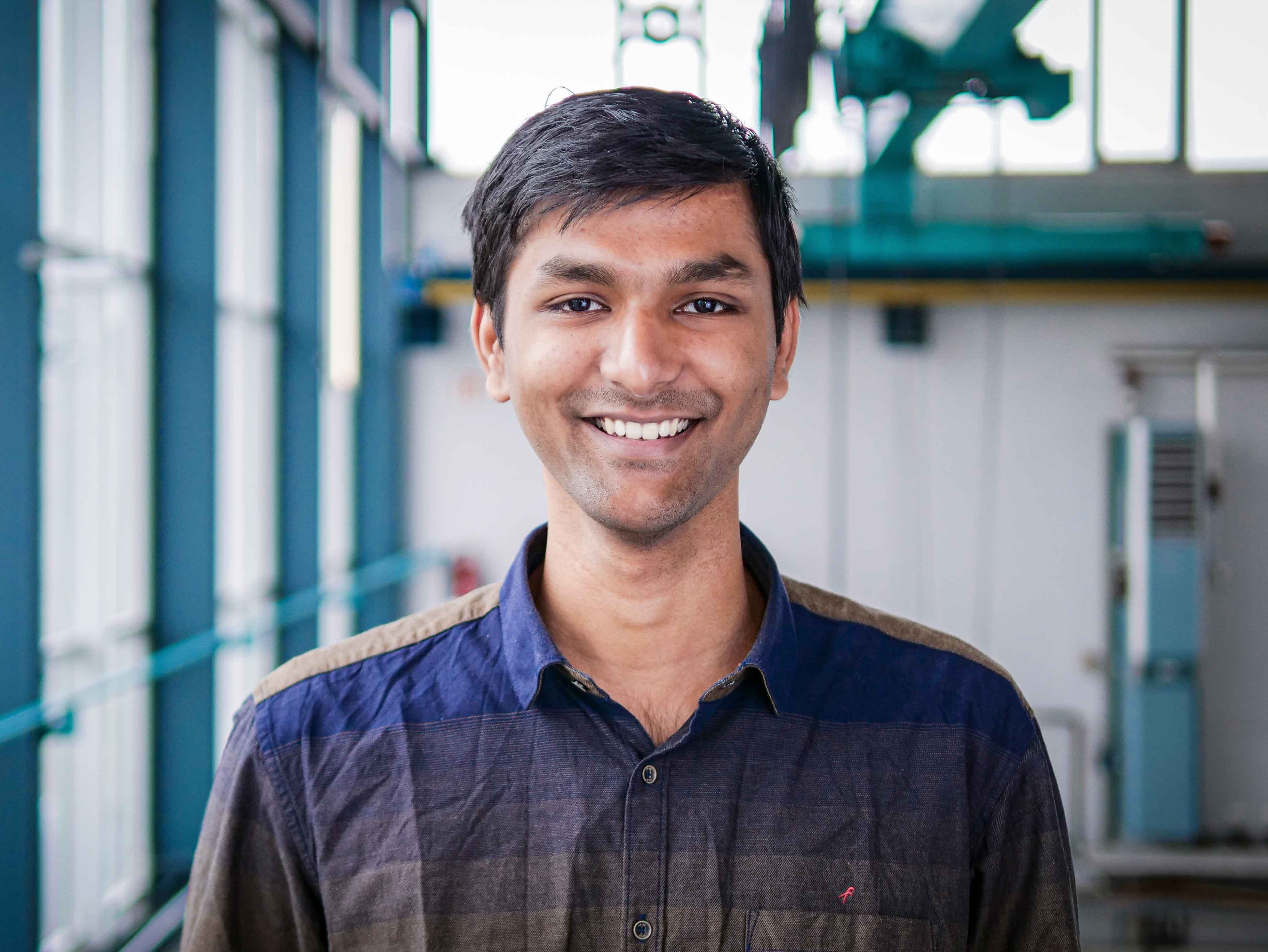
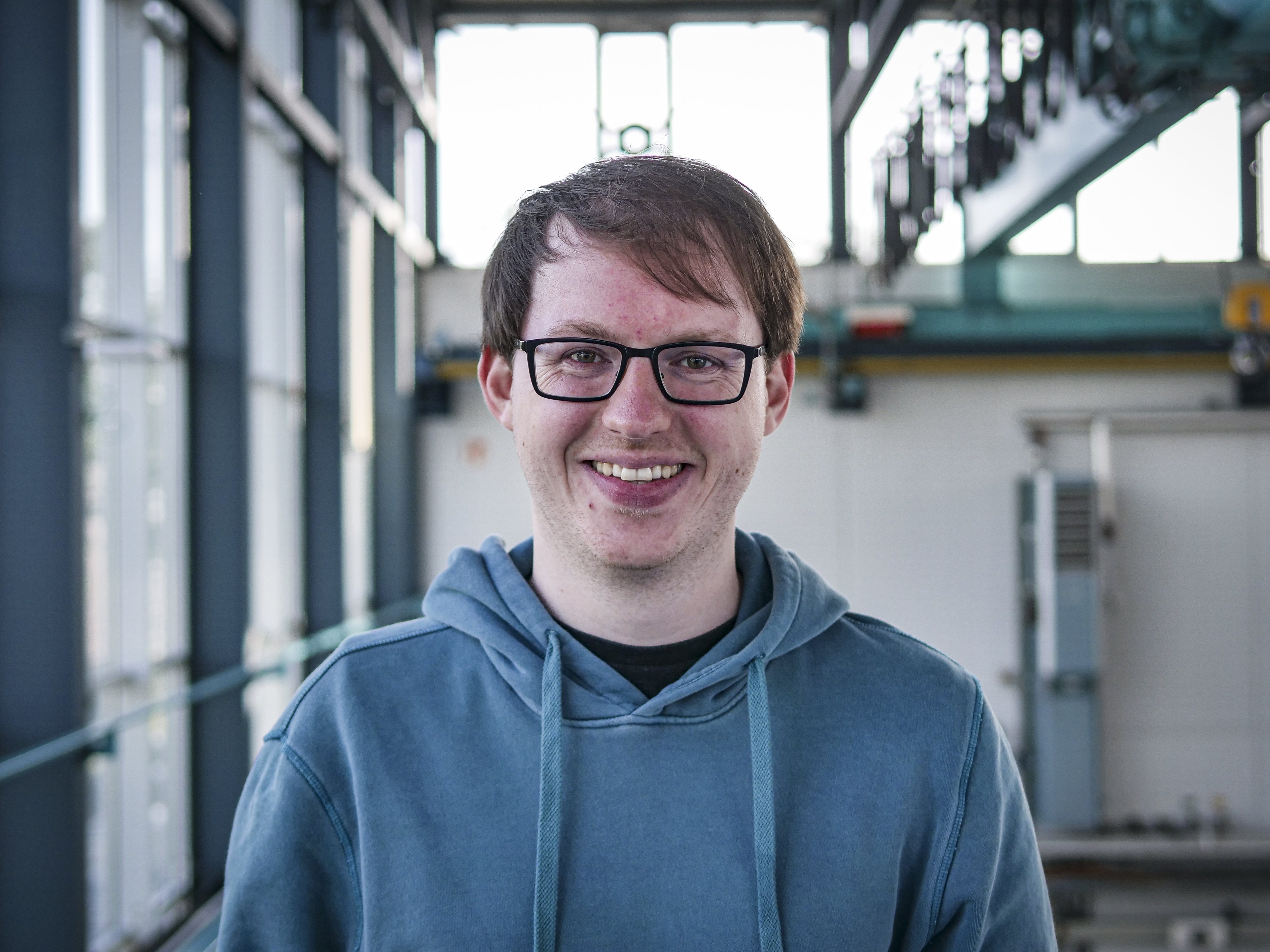
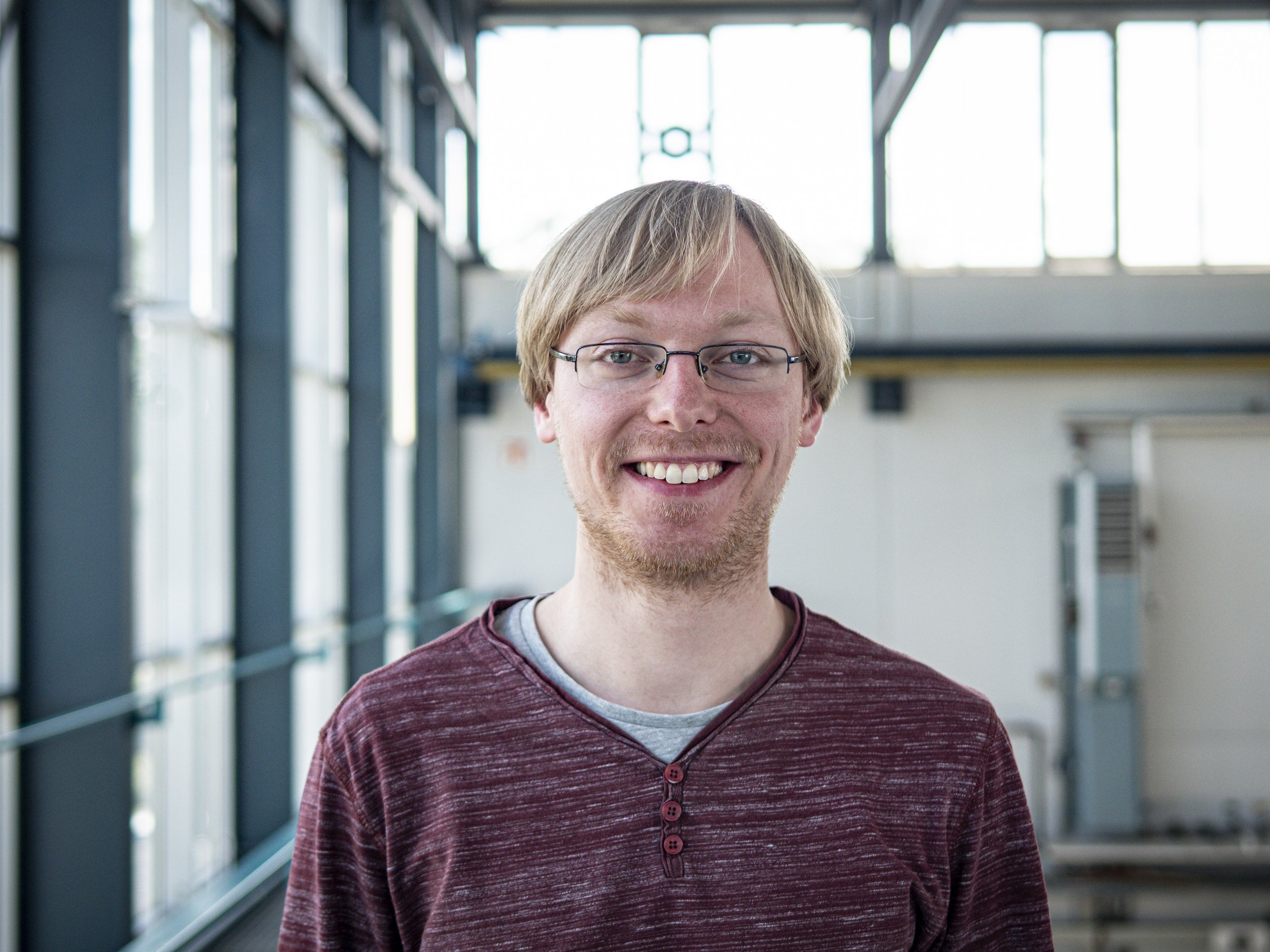
The list below shows the latest 25 publications of this research group. For the complete, searchable list of ZARM publications, please click more
2024
Einstein auf dem Prüfstand - Neue Präzisionstests bestätigen die Allgemeine Relativitätstheorie
Physik Journal 2 / 2024 :S. 24—32
2024
2023
Microgravity facilities for cold atom experiments
Quantum Science and Technology, 8 (4) :044001
August 2023
Publisher: IOP Publishing
Quantum Tests of Gravity
Modified and Quantum Gravity: From Theory to Experimental Searches on All Scales
Publisher: Springer International Publishing
2023
2022
All-optical matter-wave lens using time-averaged potentials
Communications Physics, 5 (1) :60
March 2022
ISSN: 2399-3650
2021
Aberrations in (3+1)-dimensional Bragg diffraction using pulsed Laguerre-Gaussian laser beams
Phys. Rev. A, 103 :043306
2021
Collective-Mode Enhanced Matter-Wave Optics
Phys. Rev. Lett, 127
2021
Optical clock technologies for global navigation satellite systems
GPS Solutions, 25
2021
Twin-lattice atom interferometry
Nature Communications, 12 :2544
2021
2020
Atom interferometry in a twin lattice
PhD Thesis
2020
Differential interferometry using a Bose-Einstein condensate
European Physical journal D, 74 :203
2020
Evaporative cooling from an optical dipole trap in microgravity
Phys. Rev. A, 101 :013634
2020
Quantum test of the Universality of Free Fall using rubidium and potassium
Eur. Phys. J. D, 74 :145
2020
2019
An Optical DipoleTrap in Microgravity
PhD Thesis
2019
Concept study and preliminary design of a cold atom interferometer for space gravity gradiometry
Classical and Quantum Gravity, 36 :215004
2019
Matter-wave Interferometry for space-borne Inertial Sensors
PhD Thesis
2019
2018
An ultracold high-flux source for matter-wave interferometry in microgravity
PhD Thesis
2018
BOOST: A satellite mission to test Lorentz invariance using high-performance optical frequency references
Phys. Rev. D, 97 :124051
2018
Entwicklung einer hocheffektiven Magnetfeldabschirmung für die Forschungsraketenmission MAIUS-1
PhD Thesis
2018
Space-borne Bose–Einstein condensation for precision interferometry
Nature, 562 :391-395
2018
Test of the Gravitational Redshift with Galileo Satellites in an Eccentric Orbit
Phys. Rev. Lett., 121 :231102
2018
2017
Miniaturized lab system for future cold atom experiments in microgravity
Microgravity Science and Technology, 29 :37-48
2017
2016
A three-layer magnetic shielding for the MAIUS-1 mission on a sounding rocket
Rev. Sci. Instr., 87 :063101
2016
Atom-Chip Fountain Gravimeter
Phys. Rev. Lett., 117 :203003
2016
Double Bragg Interferometry
Phys. Rev. Lett., 116 :173601
2016
Hochstabiler optischer Resonator im Fallturmbetrieb für Präzisionsmessungen in Schwerelosigkeit
PhD thesis
2016



